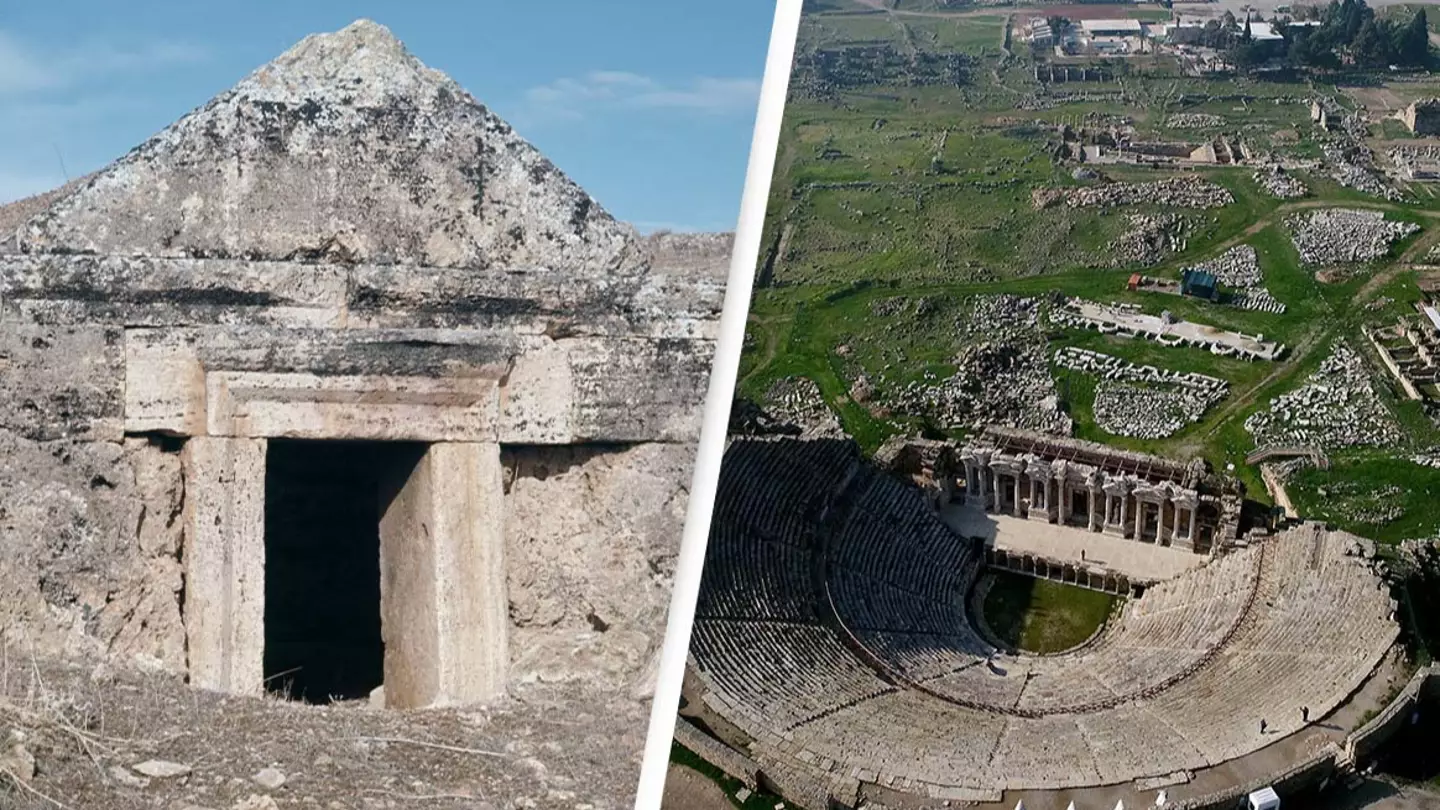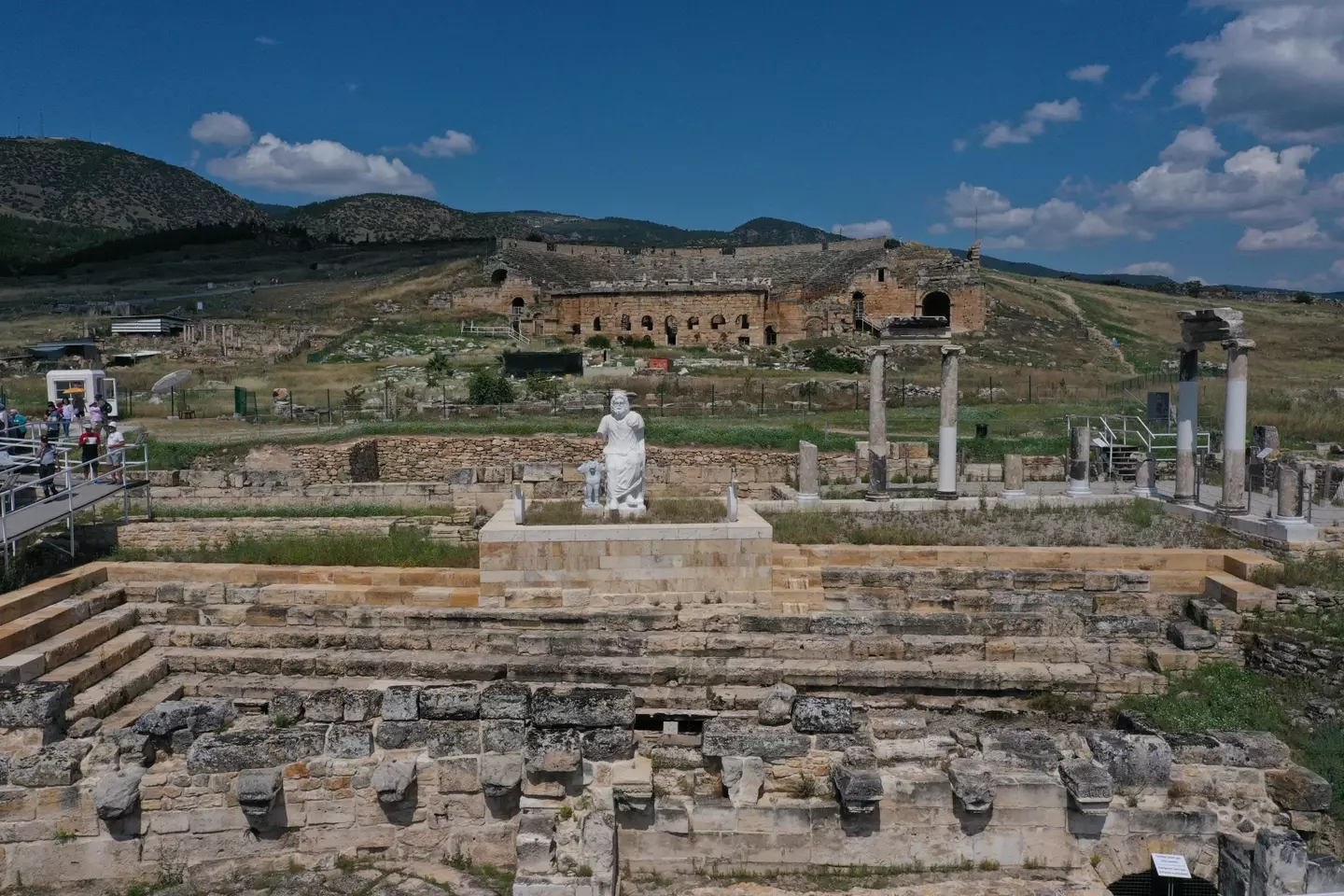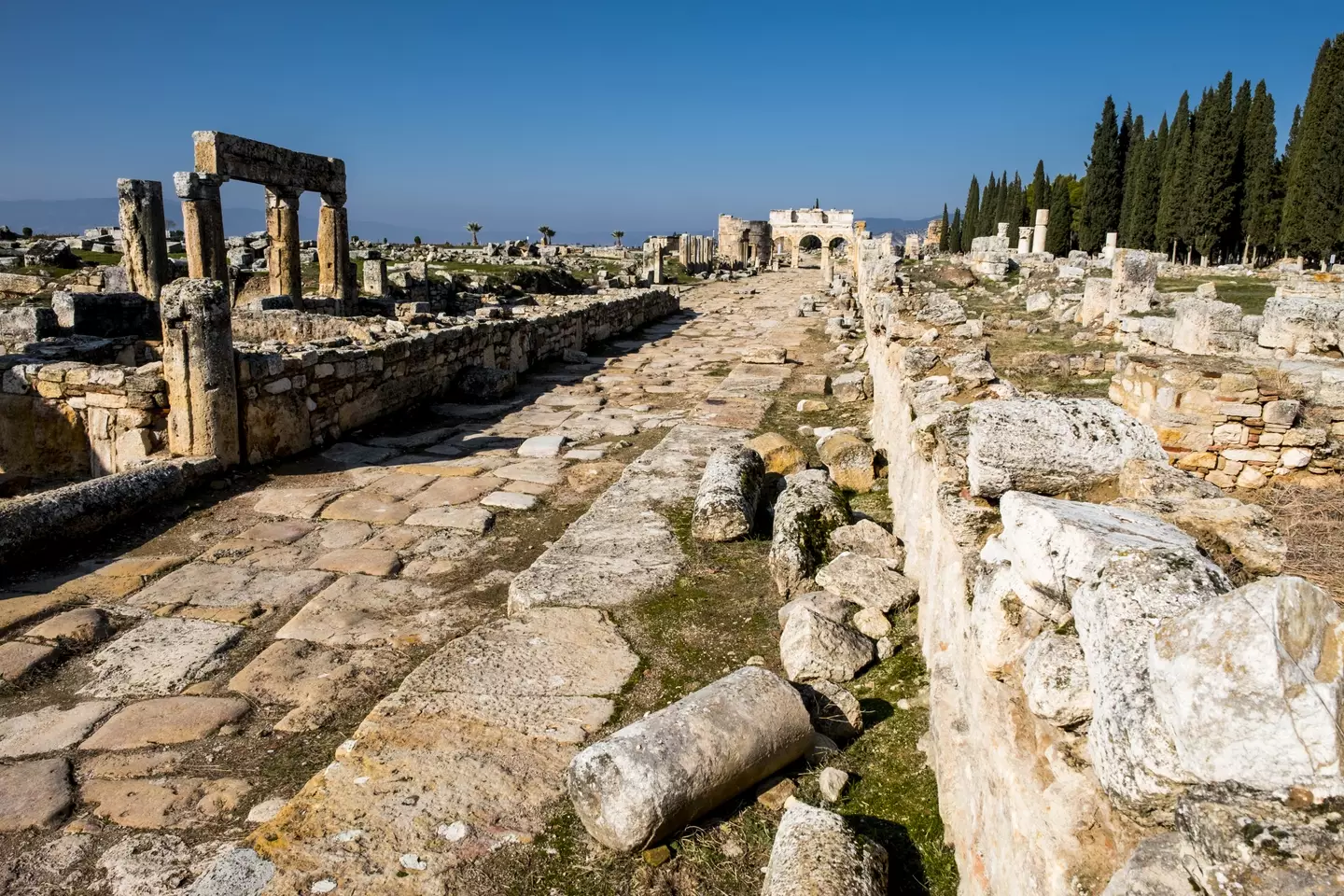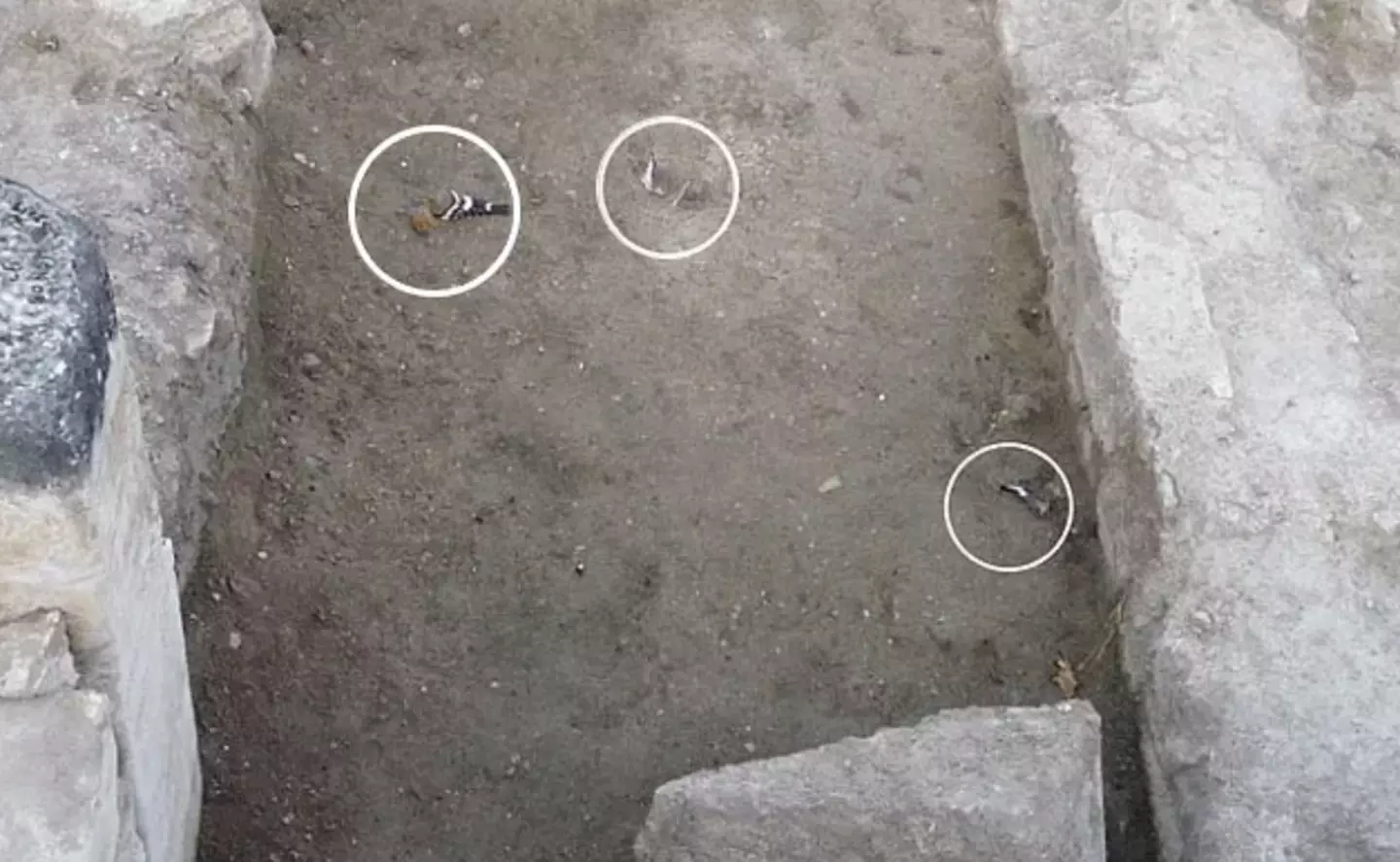
Scientists believed they've solved the mystery of Hierapolis' 'Gate to Hell', which is the cause of a series of unexplained deaths.
The ancient city is thought to date back to the 2nd century and is home to the supposed portal to the underworld.
For years, it was believed that most living things that went through the gateway wouldn't live to tell the tale as a result of 'Hades breath' - but this theory has since been debunked.

Located in modern-day Turkey, many were lead to believe it was a fatal place to visit because of the ancient Greek geographer Strabo's written works.
Advert
Strabo visited the ancient site around 2,000 years ago.
"It is an opening of only moderate size large enough to admit a man, but it reaches a considerable depth and this space is full of a vapour so misty and dense that one can scarcely see the ground," he had penned in his book, Geographica.
"Bulls that are led in to it fall and are dragged out dead. I threw in sparrows and they immediately breathed their last and fell."
Yikes.

At one stage, the 'Gate to Hell' was apparently used for religious sacrifices, with animals being tossed into the grotto as tokens to underworld gods.
Advert
Adding to the religious lore surrounding the gateway, castrated priests who walked through the gates of hell survived.
Strabo believed they survived as a result of their castration.
While it was long believed that it was 'Hades breath' that was killing any living thing that entered, it's since been revealed what was really responsible for the animals' deaths.
The lethal element to the grotto has now be found to be gas leaking from the Earth's crust.
Advert
In 2018, a research team led by volcano biologist Hardy Pfanz at the University of Duisburg-Essen in Germany studied the shrine's fatal properties in more detail and measured the CO2 concentration levels.

During the day, the CO2 levels were quite low as a result of the sun's rays, but by night a CO2 'lake' would form across the lower levels of the 'Gate to Hell'.
With the findings in mind, it was expected that previous scarifies were made when the CO2 levels were at their highest and that the animals thrown in weren't tall enough to escape the dangerous gases.
Advert
Meanwhile, the priests who walked the grounds of the gateway survived because they were able to evade them as a result of their height.
According to Pfanz, the priests 'knew that the deadly breath of [the mythical hellhound] Kerberos only reached a certain maximum height', Science.org reports.
Topics: Science, Nature, News, World News